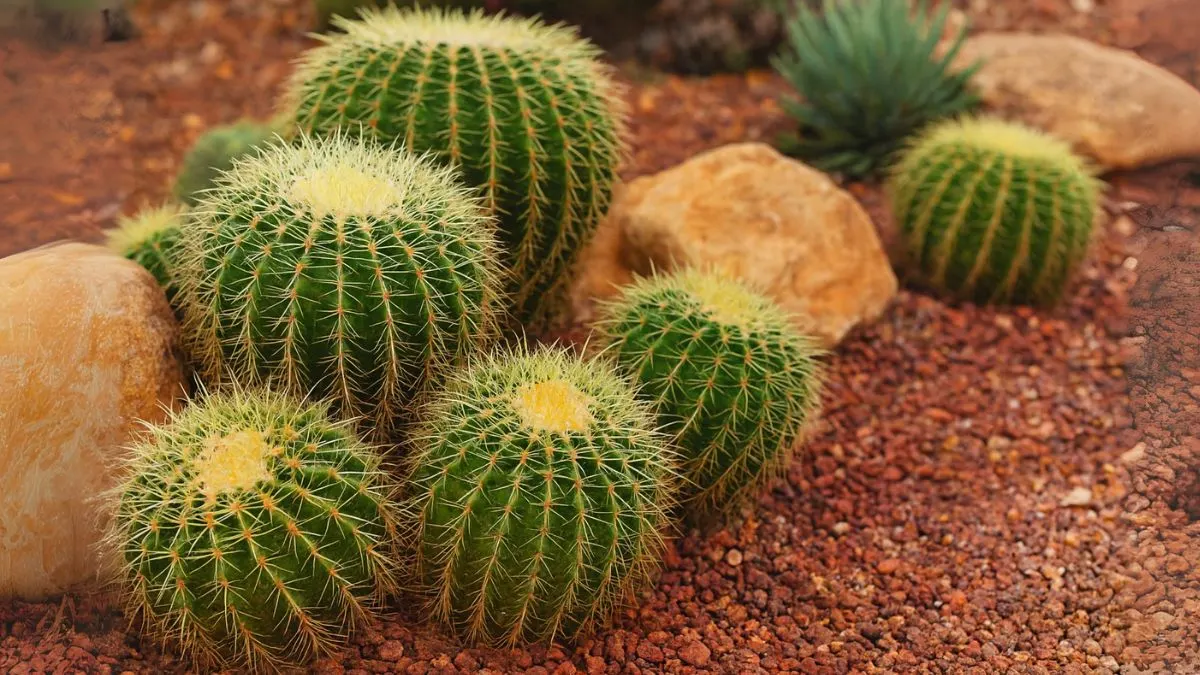When you think of a cactus, the image that comes to mind is a tough desert survivor standing tall under the blazing sun. It’s no wonder people often ask: How long can cacti go without water? The answer is fascinating because cacti have developed special abilities that make them true champions of survival.
In this article, we’ll explore how long different cactus species can last without water, why their size matters, and what role their environment plays. I’ll also share a personal experience with my potted cactus that surprised me with its resilience.
-
Why Cacti Survive So Long Without Water

Unlike most plants, cacti are designed to conserve water at all costs. Their thick, fleshy stems act as reservoirs, storing moisture from the rare rains of their native desert homes. The spines, instead of leaves, reduce evaporation and offer shade.
This unique biology means a cactus can survive for years with minimal water. But how long exactly depends on the variety and how large the plant is.
-
Does Size Really Matter?
Yes, size plays a huge role in survival.
- Large columnar cacti, like the iconic Saguaro, can store thousands of liters of water in their massive trunks. In extreme drought, they may last several years without water.
- Smaller cacti, like those you find in pots or as houseplants, don’t have the same storage capacity. They may begin to shrivel if left dry for months, although many can still last surprisingly long.
So while a desert giant can thrive for decades, your tiny desk cactus may only handle a few months.
Also Read: Burdock Root: The Ancient Healing Remedy with Modern Benefits
-
The Role of Variety
Not all cacti are created equal. It depends on the variety and how large the plant is:
- Saguaro Cactus (Carnegiea gigantea): Native to the Sonoran Desert, these giants can survive years without rainfall.
- Barrel Cactus: Known for their ribbed bodies, they may last up to a year without water.
- Prickly Pear Cactus: With flat pads, they hold moisture well but usually need water every few months to stay healthy.
- Small indoor varieties: Species like Mammillaria and Gymnocalycium may only last weeks to months before showing stress.
Each species has its own timeline, but all share the same desert-adapted resilience.
-
Environmental Impact
Even the toughest cactus reacts to its surroundings.
- In deserts, cacti take advantage of every rare rainfall, storing enough water to last until the next season.
- In indoor settings (Canada, USA, and other non-tropical regions), they depend on us to mimic that balance. Too much water can cause root rot, while too little for months can stress smaller plants.
I once left my indoor cactus unwatered for 5 months during a long trip. To my surprise, it was still alive—slightly shriveled but standing strong. This showed me how true it is that cacti have developed special abilities to endure neglect.
-
How to Know When to Water
Although a cactus can survive for years, proper watering keeps it healthier and more attractive. Signs it needs water include:
- Wrinkling or shriveling of the skin
- Pale or dull coloring
- Lighter weight when lifted from the pot
As a rule of thumb: water only when the soil is completely dry. For indoor plants, this often means once every 3–4 weeks in summer and once every 6–8 weeks in winter.
Also Read: Bull Thistle: The Spiky Weed with Surprising Health Benefits
Cactus Survival Without Water
Cactus Type |
Approximate Time Without Water |
Large Saguaro |
Several years |
Barrel Cactus |
Up to 1 year |
Prickly Pear |
3–6 months |
Small Potted Varieties |
Weeks to a few months |
-
Can Cacti Die from Lack of Water?
Yes, though it takes a long time. While a cactus can survive for years, extreme drought eventually takes its toll. The plant will shrink, its stems may collapse, and eventually, it won’t recover.
But most deaths in home gardens are actually from overwatering rather than underwatering. Remember: in their native deserts, cacti often go months without a single drop.
For gardeners in Canada, the USA, or anywhere else, the key is balance. Don’t worry if you forget to water for weeks—your cactus won’t mind. Just avoid overwatering, and you’ll enjoy a healthy, thriving plant for decades.






